When we welcome a dog or cat into our homes, we promise to protect their health just as carefully as we do our own. One topic that often causes confusion is dental care—specifically, the growing trend of non-anesthetic dentals (sometimes called “anesthesia-free dental cleanings”).
At East Wind Animal Hospital in Willow Grove, PA, we hear many versions of the same question: “Do I really have to put my pet under anesthesia for a teeth cleaning?”
We understand the worry. Anesthesia sounds scary, and non-anesthetic options are marketed as cheaper, faster, and safer. Let’s look closely at why that message can be misleading and what comprehensive oral health truly involves.
Why the Surface Shine Isn’t Enough
A non-anesthetic dental focuses only on what we can see. Tartar is scraped from the crown of each tooth while your pet is fully awake. That may leave teeth looking whiter, but it does nothing for the subgingival plaque hiding below the gumline. Almost every form of periodontal disease begins under that gum tissue, where bacteria set up shop in pockets we can’t reach in a conscious patient.
The American Animal Hospital Association’s article Healthy Mouth, Healthy Pet: Why Dental Care Matters underscores that untreated below-the-surface infection is the true driver of pain, tooth loss, and systemic illness.
The Hidden Half of the Iceberg
Imagine watching an iceberg drift by. Only the tip is visible; the dangerous mass lurks beneath the waves. Dental disease is just as deceptive. Roughly 60% of a tooth’s structure sits below the gumline, along with its nerve and blood supply. We can’t evaluate those areas—or take diagnostic dental radiographs—unless a pet rests peacefully under anesthesia. The Importance of Dental X-Rays for Pets explains how “blind” cleanings miss fractures, root abscesses, and resorptive lesions that hurt every time your pet chews.
Stress, Restraint, and Unexpected Injuries
Because a conscious pet won’t willingly open wide for 15–30 minutes( or even seconds), non-anesthetic providers rely on firm physical restraint. Even the calmest animal can panic when a scaler touches a tender tooth. Sudden jerks place the handler’s hands at risk and may chip enamel or lacerate delicate gum tissue. Worse yet, loosened tartar flakes can be aspirated into the airway, setting the stage for pneumonia. We feel strongly that no cosmetic benefit outweighs that possibility.
What Comprehensive (Anesthetic) Dentistry Looks Like
When we schedule a dental procedure at our hospital, the steps begin days beforehand. Pre-operative bloodwork, chest radiographs when indicated, and an exam let us tailor the safest anesthetic plan for each pet’s age and medical history. Throughout the procedure, one nurse focuses entirely on anesthetic monitoring—heart rate, blood pressure, oxygen levels, and CO₂. Once your companion is comfortably asleep, we:
- Chart every tooth above and below the gumline.
- Obtain full-mouth radiographs.
- Ultrasonically scale and polish all surfaces, removing the biofilm that invites new tartar.
- Extract or treat diseased teeth as needed, guided by evidence-based standards like the AAHA Anesthesia and Dental Cleaning for Pets.
- Provide local nerve blocks and post-operative pain relief so your pet wakes up comfortable.
Modern anesthetic drugs leave the body quickly, and most patients are eating dinner the same day.
Short- and Long-Term Consequences of Skipping Anesthesia
Painful mouths affect far more than appetite. Chronic infection showers bacteria into the bloodstream, contributing to heart valve disease, kidney dysfunction, and liver inflammation, as detailed on the AVMA’s Pet Dental Care page. Over months or years, untreated periodontal disease erodes jawbone, leading to loose teeth and even jaw fracture in small-breed dogs. Royal Canin’s Guide to Dental Disease in Small Breed Dogs and the AKC article Trouble with Toy Teeth both highlight how quickly this damage can progress in petite mouths.
Behavior often changes, too. Pets become irritable, withdraw from play, and sometimes chew household items in an attempt to relieve discomfort. We’ve also seen shy cats blossom in personality once hidden oral pain is relieved.
Beyond Periodontal Disease: Other Oral Conditions We Look For

A full anesthetic oral exam gives us a chance to detect problems you may not associate with teeth at all:
- Oral masses: The ACVS overview Oral Tumors of Small Animals notes that early removal dramatically improves outcomes.
- Fractured teeth: Dogs that love hard bones can develop painful pulp exposure (Diagnosis and Treatment of Fractured Teeth).
- Malocclusions: Crowded or rotated teeth trap food, as described in the ABCs of Veterinary Dentistry: Malposition and Malocclusion.
- Retained baby teeth: Toy breeds often need Deciduous Canine Tooth Removal in Dogs to prevent adult tooth displacement.
- Inflammatory conditions such as stomatitis (Oral Inflammatory and Ulcerative Disease in Small Animals) or gingival enlargement (Gingival Enlargement in Dogs).
- Developmental issues like cleft palate or enamel defects.
Catching these conditions in their earliest stages saves money, spares discomfort, and sometimes saves lives.
What an At-Home Emergency Might Look Like
Please call us right away if you notice any of the following:
- Sudden refusal to eat hard kibble or favorite treats
- Oral bleeding that doesn’t stop within a few minutes
- Facial swelling or discharge along the jawline
- A tooth that suddenly moves or falls out
- Jaw chattering or pawing at the mouth after chewing something hard
These signs can indicate a jaw fracture, tooth root abscess, or severe gingivitis requiring urgent care.
Practical Tips for Daily Dental Care
We want to partner with you to reduce the frequency of professional cleanings—and keep anesthesia reserved for therapeutic, not cosmetic, procedures.
- Brushing: Daily brushing is the gold standard. Use an enzymatic toothpaste approved by the Veterinary Oral Health Council (VOHC).
- Dental diets and chews: Look for the VOHC seal here as well. These products are proven to reduce plaque safely.
- Water additives: Helpful for pets who resist brushing.
- Toys: Avoid natural bones, antlers, or hard nylon toys that can fracture teeth.
- Regular inspections: Lift the lips weekly and note any odor, redness, or discoloration so you can alert us early.
Frequently Asked Questions
Q: My senior pet has heart disease. Is anesthesia still safe?
A: Yes, but only after careful planning. We tailor drug choices, provide intravenous fluids, and monitor blood pressure continuously. Many cardiac patients benefit greatly from resolving painful infections.
Q: How often will my pet need anesthetic dentistry?
A: It depends on breed, genetics, and home care. On average, most dogs and cats benefit every 12–24 months, though brachycephalic and toy breeds may need yearly cleanings.
Q: Can a non-anesthetic cleaning be a “between-cleanings” touch-up?
A: Unfortunately, no. Once plaque hardens into tartar below the gumline, only ultrasonic scaling can remove it—and that requires anesthesia.
Q: What about anesthesia-free polishing after an anesthetic dental?
A: Polishing without scaling offers no medical benefit and reintroduces the restraint risks we
The Human Side of Dental Decisions
We know that scheduling an anesthetic procedure can feel overwhelming—both emotionally and financially. It helps to remember that proactive dentistry is an investment in your pet’s comfort and longevity. When mouth pain subsides, many clients tell us their companion seems “younger overnight.” Appetite returns, play sessions get longer, and that familiar joy lights up their eyes again.
If cost is a concern, please let us know. We can prioritize the most urgent treatments, discuss payment options, and create a preventive plan that fits your budget. Above all, we want you to feel informed, supported, and confident that you’re making the best choice for the animal who depends on you.
Meet Our Team and Reach Out Anytime
Our doctors and nurses at East Wind Animal Hospital dedicate themselves to gentle, thorough dentistry because we’ve seen the difference it makes. You can learn more about the people behind the masks and monitors on our Meet Our Team page. Questions that weren’t answered here? Send us a message or request an appointment through our Contact Us form. Together, we’ll build a dental care strategy that protects your pet’s health from puppyhood or kittenhood through the golden years.
We appreciate the trust you place in us every time you walk through our doors—and we look forward to keeping those tails wagging and whiskers twitching for many years to come.
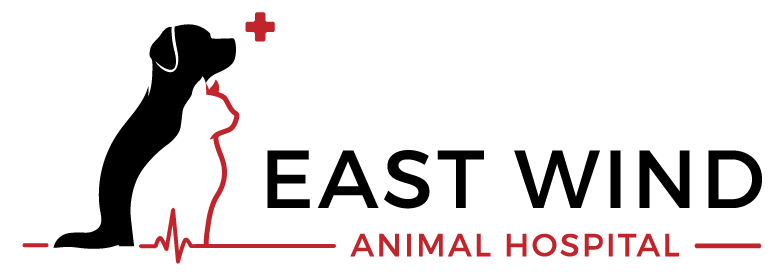
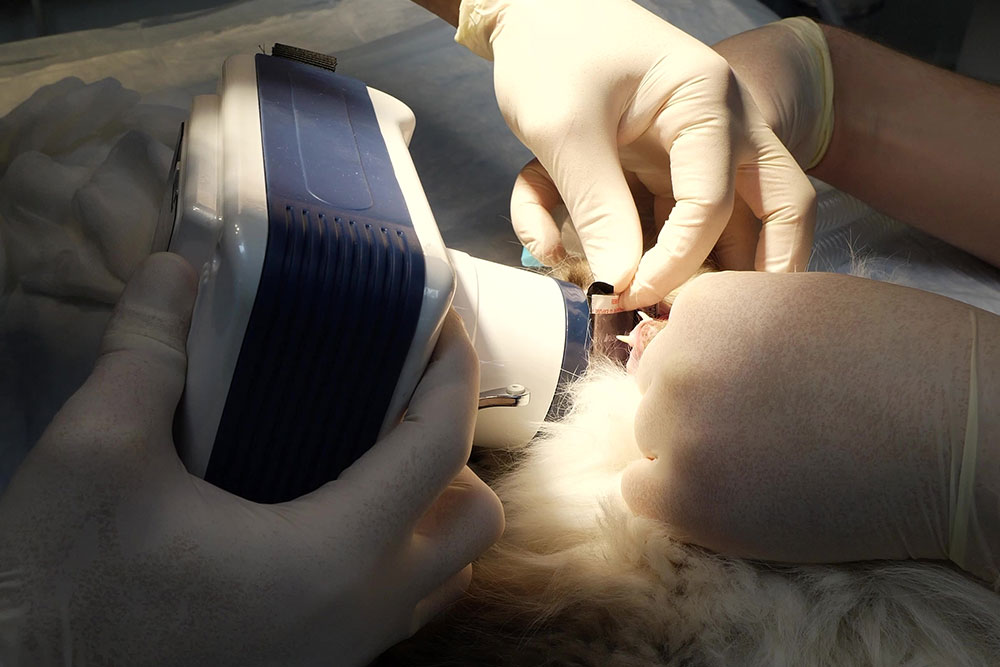
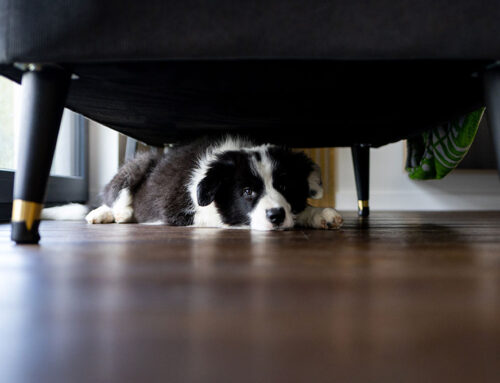

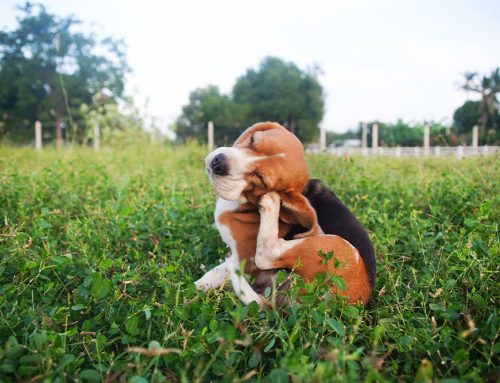

Leave A Comment